

The City of Vancouver public art program has been producing artist-initiated projects since 2009. Artists expand their practice into the public realm by proposing artworks that engage cultural practices, and provoke critical dialogue. These opportunities create public art outside the limits of a predetermined site, theme, or medium, in all parts of the city.
Through this process, artists have realized an extraordinary range of public art projects. These projects have included temporary and permanent works such as:
- T’uy’t’tanat Cease Wyss and Anne Riley’s A Constellation of Remediation (2018-2020)
- Paul Wong’s Occupying Chinatown (2018-2019)
- Hannah Jickling and Helen Reed’s QA CHEWS BUBBLE TROUBLE (2018)
- Sabine Bitter and Helmut Weber’s A Sign for the City (2011-2012)
- Geoffrey Farmer’s Every Letter in the Alphabet (2009-2010)
- Ken Lum’s Monument for East Vancouver (2010)
Current artist initiated projects
The City’s fourth artist-initiated open call in 2019 invited artists to submit their public art project ideas. A panel of artists, curators, and members of the local First Nations, and Urban Indigenous community reviewed the applications in a two-stage process. The Public Art Program is currently supporting the following artists in the creation of their new public artworks.
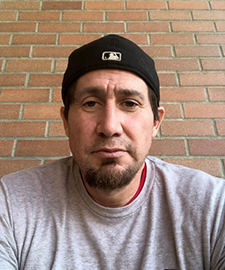 Zachary George
Zachary George
The artist Zachary George will create a Tsleil-Waututh Welcome Pole for šxʷƛ̓exən Xwtl’a7shn, the plaza of the Queen Elizabeth Theatre. The artwork will reflect the rich history of land use in the Robson Street Corridor by the local Nations for the hunting and harvesting of food, and will honour the legacy of the artist’s grandfather, the late Chief Dan George.
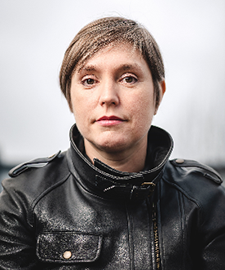 Paige Gratland
Paige Gratland
The Queers’ Vernacular is a public art project that will bring together a series of artist talks by LGBTQ/2S artists to Gender and Sexuality support groups across Vancouver for the purposes of creating a multilingual and intergenerational “dictionary” of LGBTQ/2S slang. The title of this project references Bruce Rodgers’ book The Queens’ Vernacular (1972), which complied 12,000 entries of pre-Stonewall lingo that had faded out of use as gay culture became assimilated into the mainstream.
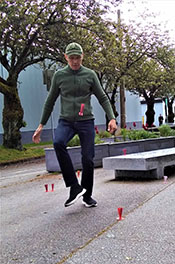 Paul de Guzman
Paul de Guzman
Paul de Guzman’s series of performances titled archipelago: laro na tayo are based on the childhood game “sipa” (kick) played throughout the Philippines. A precursor to hacky sack, the game also predates the Spanish colonization of the Philippines in the 16th century, and is played with a shuttlecock-like object made from a "tingga" (metal washer) wrapped in straw, cloth, or both. Guzman’s nomadic and temporary performances will explore the Filipino-Canadian experience, and the complexities of migration, colonization, and multiculturalism.
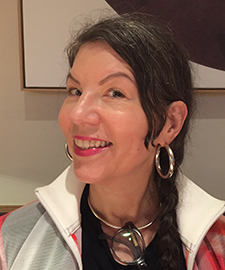 Judy Radul
Judy Radul
The renowned performance and media artist, Judy Radul, will develop an interactive video installation offering a live feed to the large murder of Northwestern crows (estimated at 6,000) who use the Vancouver greenways and parks to travel daily back to their roost in Still Creek, Burnaby. The installation’s visuals and sound will be activated by the movement of the crows, who act as a sonic timepiece, “going live” according to their own daily migration across the city based on the time of year.
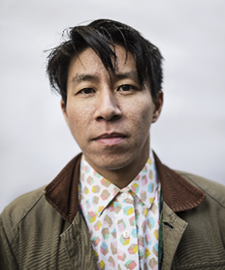 Howie Tsui
Howie Tsui
Howie Tsui is developing a structure that activates the sonic potential of rainwater through a hexagonal pavilion that concentrates rain onto a seven-foot scholar’s rock. Based on the Pagoda of the Gathering Stars (聚星樓), the only surviving ancient pagoda in Hong Kong, this installation examines the architecture vernacular of Chinatown, and the practice of grafting Chinese aesthetic tropes onto urban spaces in order to project an “Imaginary East.”
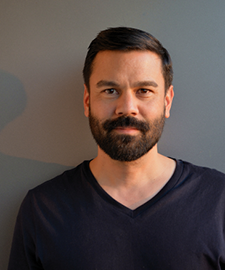 Jon Sasaki
Jon Sasaki
Artist Jon Sasaki is developing an “anti-monument” that will reflect on the forcible mass confinement and expulsion of Japanese Canadians from Vancouver during the Second World War, and the history of his own family’s internment. Through community consultation and research into the use of the Pacific National Exhibition buildings and stables at Hastings Park as a detainment site in 1942, Sasaki’s work will reflect the impact of internment on the Japanese Canadian community both during and after the war.
